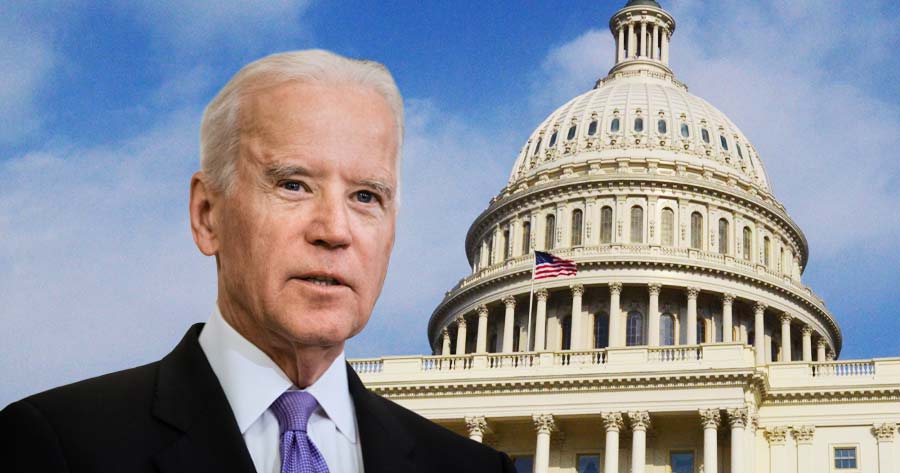President Biden’s plan to elevate capital gains rates has sparked speculation, particularly regarding the purported 44.6% rate included in the Budget of the United States Government for Fiscal Year 2025, which would mark the highest formal federal capital gains rate to date.
The rate originates from a footnote in the General Explanations of the Administration’s Fiscal Year 2025 Revenue Proposals. It clarifies that the proposal involves raising the top ordinary rate to 39.6% and increasing the net investment income tax rate by 1.2 percentage points with incomes exceeding $400,000, resulting in a top marginal rate on long-term capital gains and dividends of 44.6%.
However, the crux of the matter lies in the primary proposal to raise long-term capital gains and dividends rates to 37% for taxpayers with taxable income over $1 million.
The 44.6% rate would only be applicable to individuals with taxable income surpassing $1 million and investment income exceeding $400,000, which softens the severity of the policy change compared to the generalized depiction of a 44.6% rate.
The prominent presentation of the 44.6% capital gains rate proposal strategically emphasizes the high percentage while downplaying income thresholds, to evoke public reactions, especially concerning the potential impact on small business owners.
The policy aims to create a fairer tax system by narrowing the gap between high earners’ ordinary and investment income. It is an incremental step towards ensuring that affluent individuals contribute proportionately to their substantial financial activities.
Contrary to sensationalized interpretations, the proposal does not necessitate widespread alarm, as it primarily targets high-income earners. By dispelling misconceptions and clarifying the specifics, it becomes evident that the policy endeavors to promote equitable taxation without imposing undue burdens on the general taxpayer.
Currently, the highest long-term capital gains tax rate in the US is 20%.





